Polyvinyl chloride, popular as PVC, is the world’s third most used synthetic plastic polymer (the other two polymers are polyethylene and polypropylene). Naturally white and brittle, PVC is widely used in construction, healthcare and food applications.
DISCOVERY
PVC was discovered accidentally, not once, but twice! It was first discovered in 1835 by the French chemist Henri Victor Reno, and then rediscovered by the German, Eugene Baumann in 1872. In both cases, the polymer is left in vinyl chloride flasks where it is converted to a white solid after exposure to sunlight.
PATENT
Although the first two scientists wrote about the discovery of the polymer, neither has patented PVC. It was not until 1913 that plastic was more or less refined by one of the world’s most famous chemists, Waldo Semon.
STRUCTURE
PVC is a white, brittle solid, but it can be more flexible when plasticized, thus becoming a material that enhances our lifestyles.
PLASTIFICATION
Plasticization refers to the process of adding plasticity or viscosity to white solid material for commercial use. This was first introduced by Waldo Semen in 1926 when PVC was considered suitable for wide application.
VINYL RECORDS
In the 1950s and 60s, the record industry boom paved the way for its earliest mass-market application. Even today, you can still find old vinyl records that are a living testament to the durability of this durable material.
DURABILITY
PVC is a widely sought after material with a variety of applications due to its high durability. Resistance to weathering, decay, abrasion and chemical corrosion are key features can be useful for many different applications. A recent of European Council of Vinyl Manufacture (ECVM) study found that PVC can last up to 70 years in some cases. On top of that it is cheap and lightweight material; two reasons why it remains the top choice for industries that include IT industry, transportation and textiles.
RECYCLING
PVC is suitable for recycling. PVC can be changed at very high temperatures; giving it great recycling opportunities.
FLEXIBILITY
PVC is such a versatile material – it can be available in a wide range of colors and finishes, making it ideal for sheets and flooring that are often used in homes, gyms and workrooms.
PVC SHEETS AND PADS
PVC is also available in transparent sheet variants, which are often used as protective screens. As alternatives to matting, they are suitable for multiple environments. PVC flooring and wall coverings have been very popular lately.
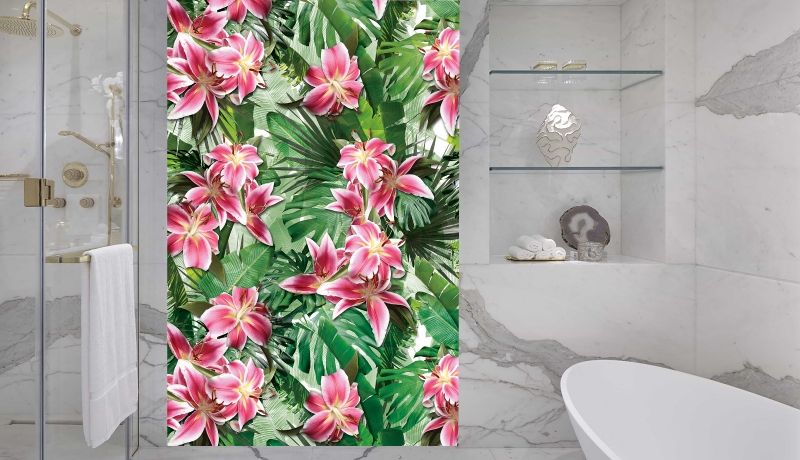

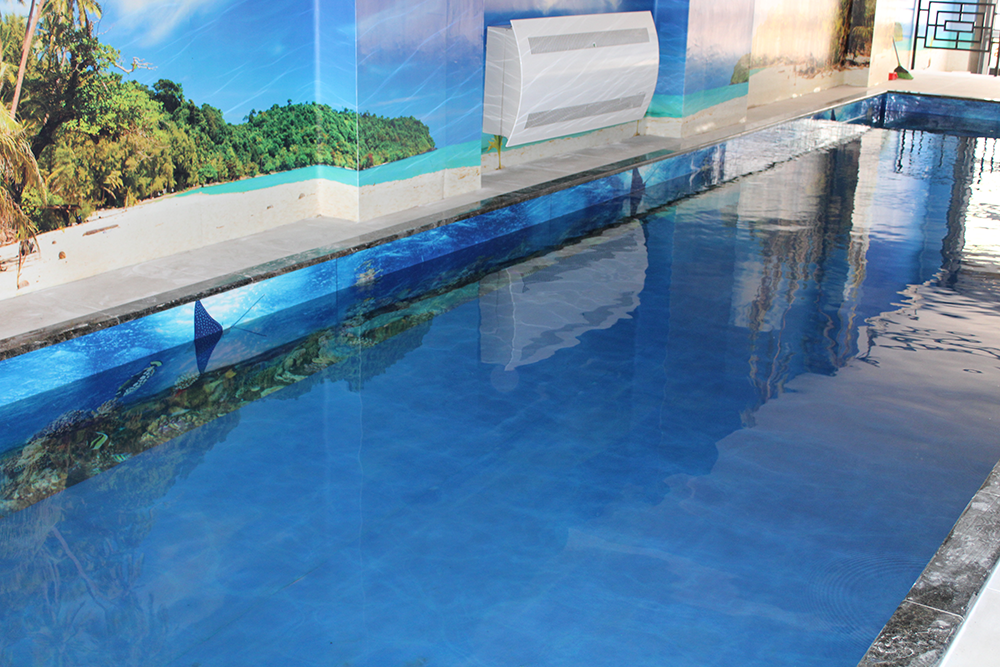
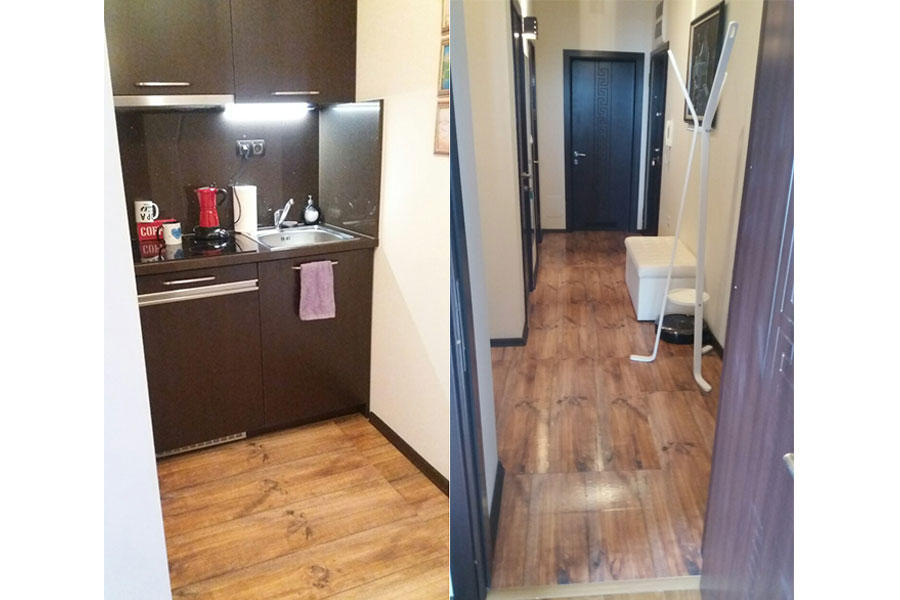
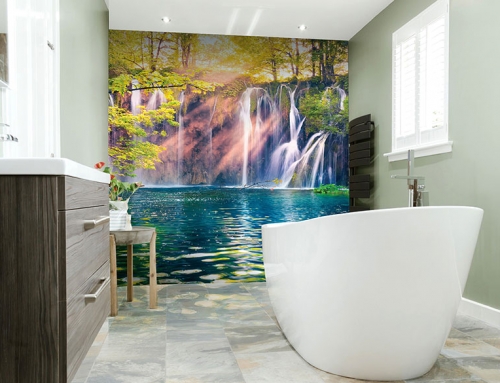

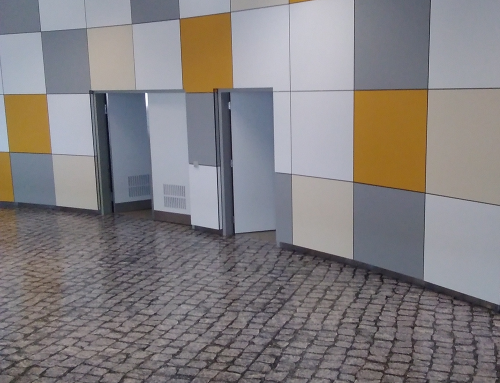





Recent Comments